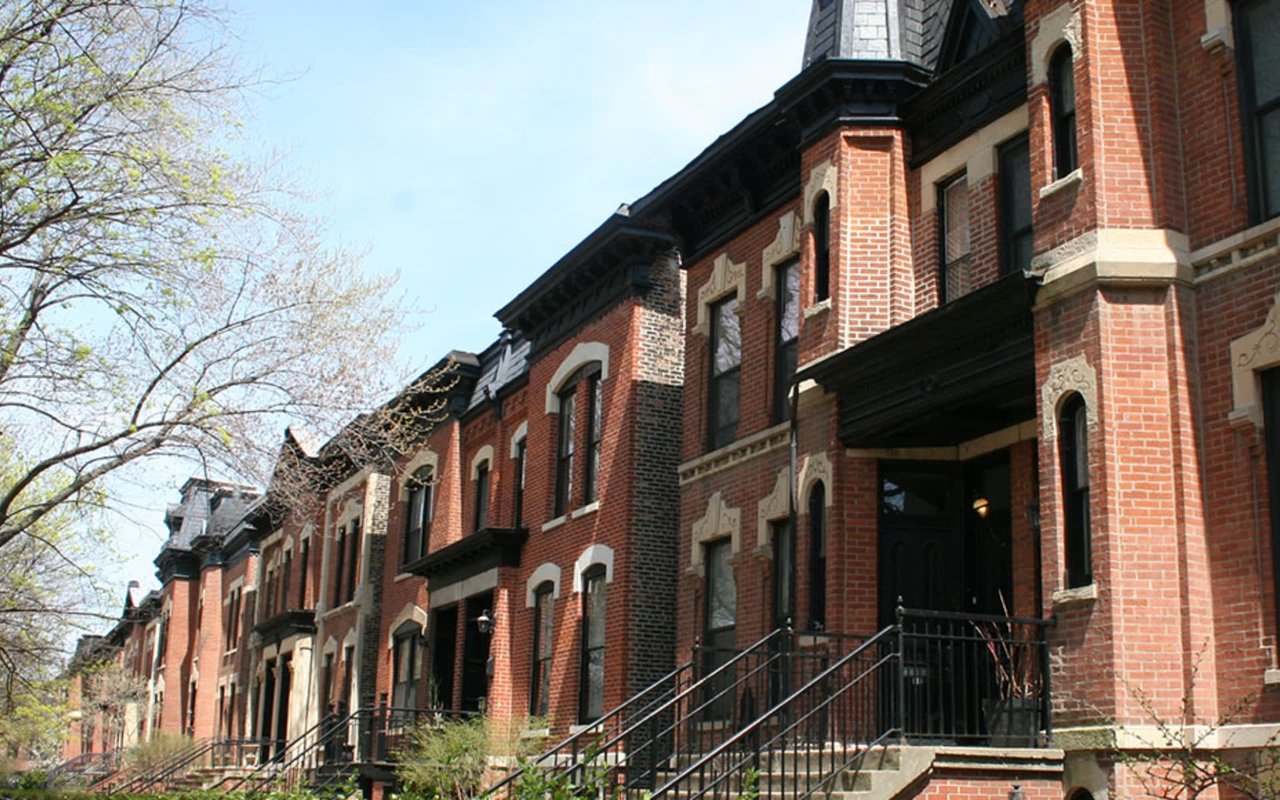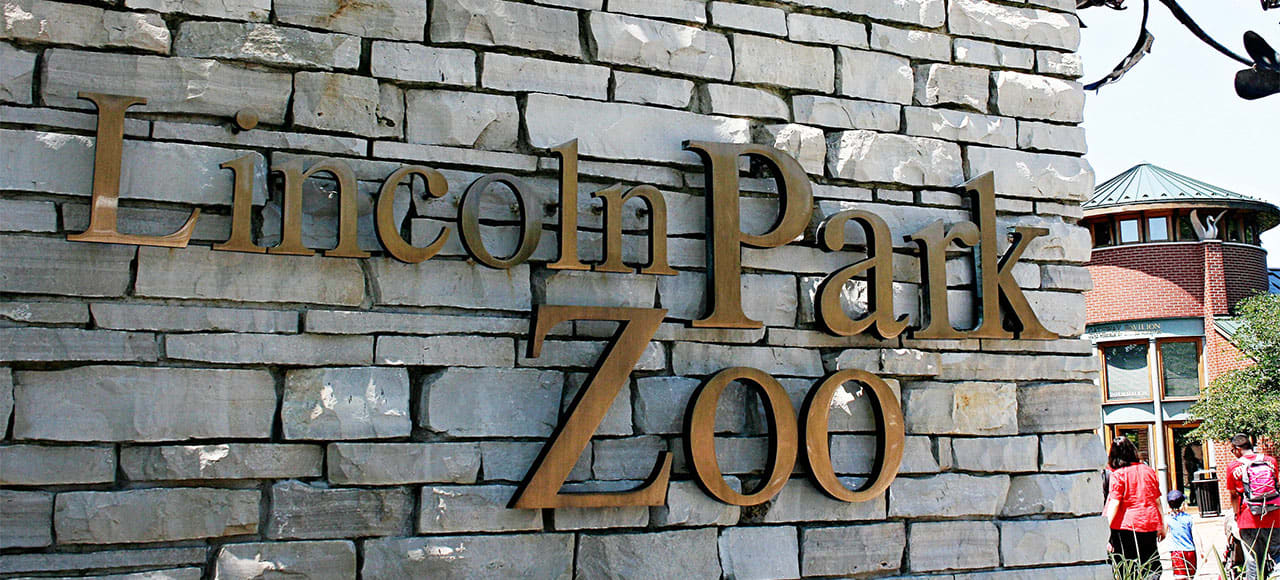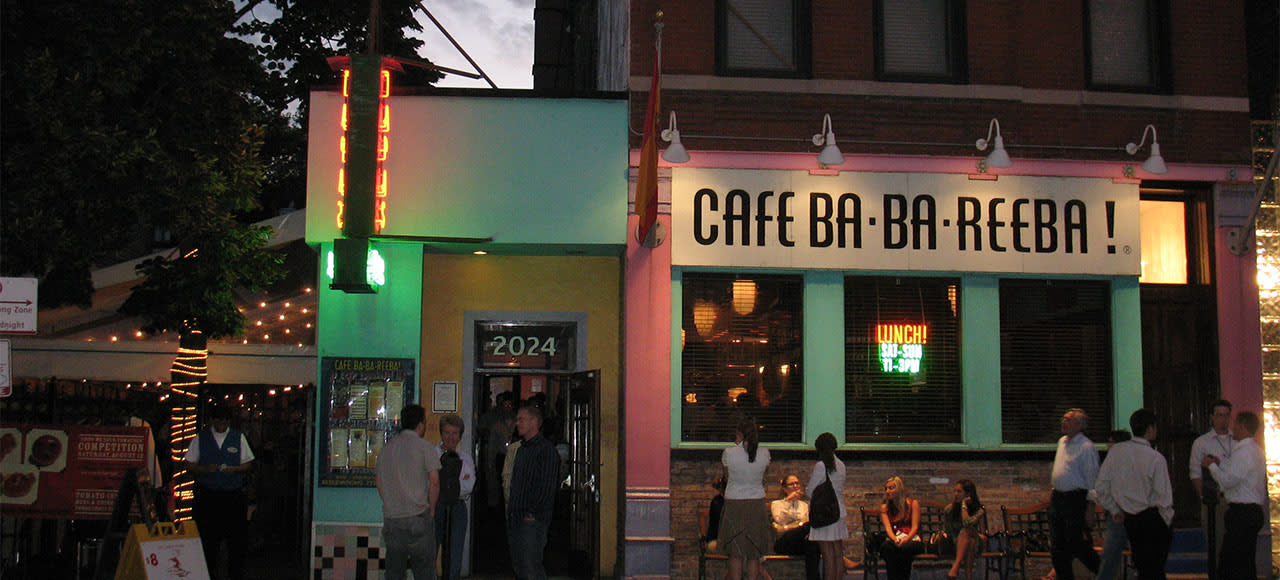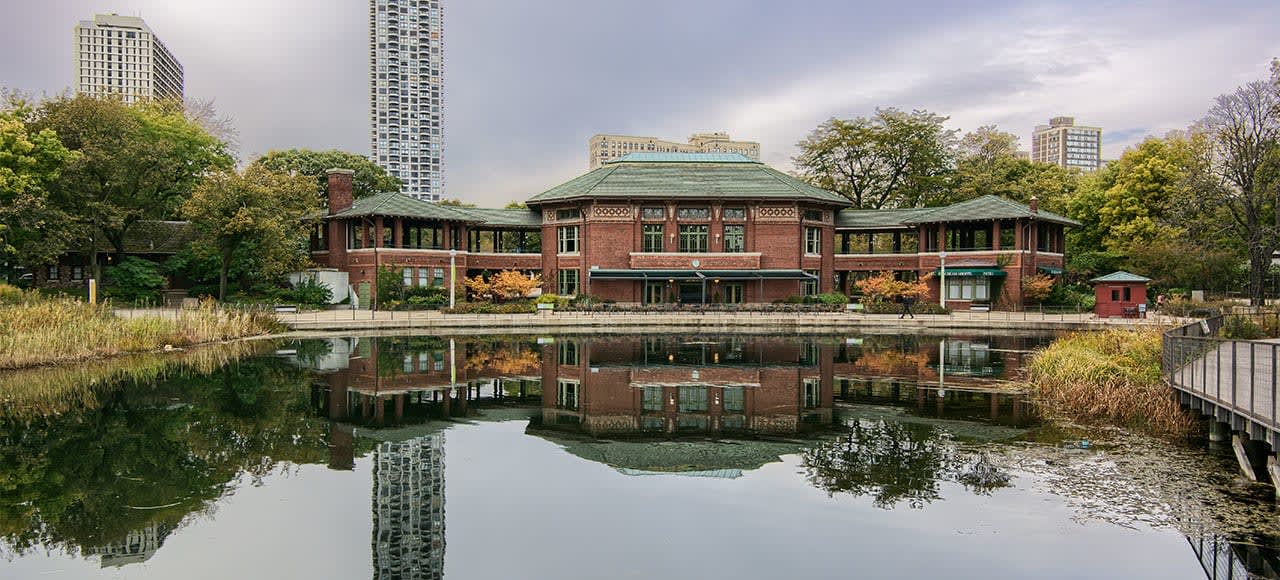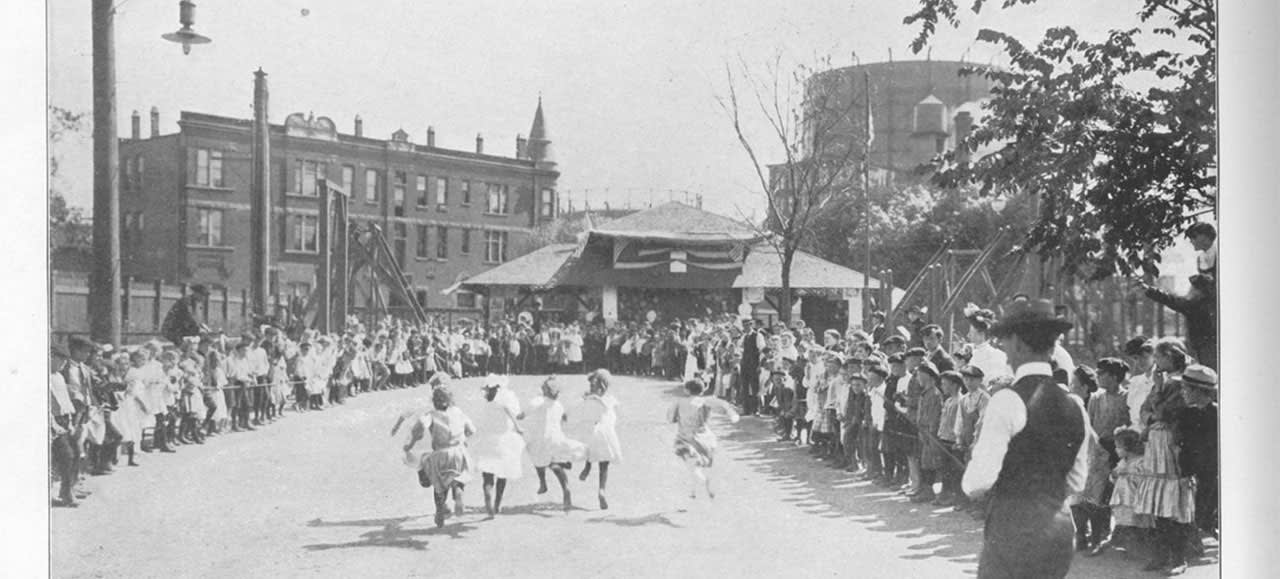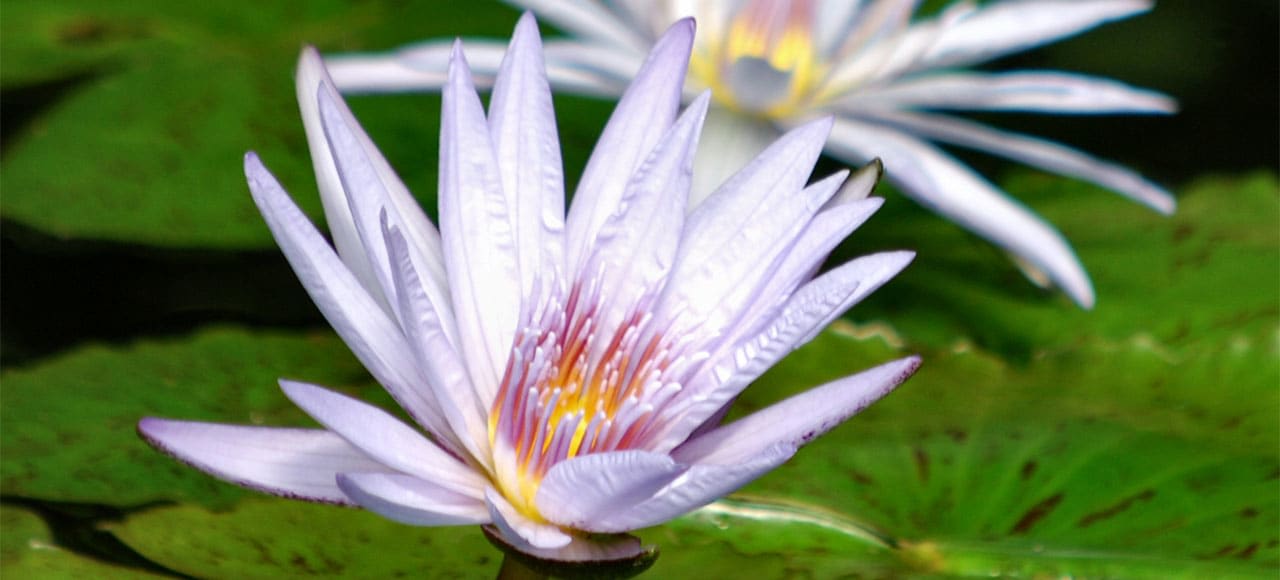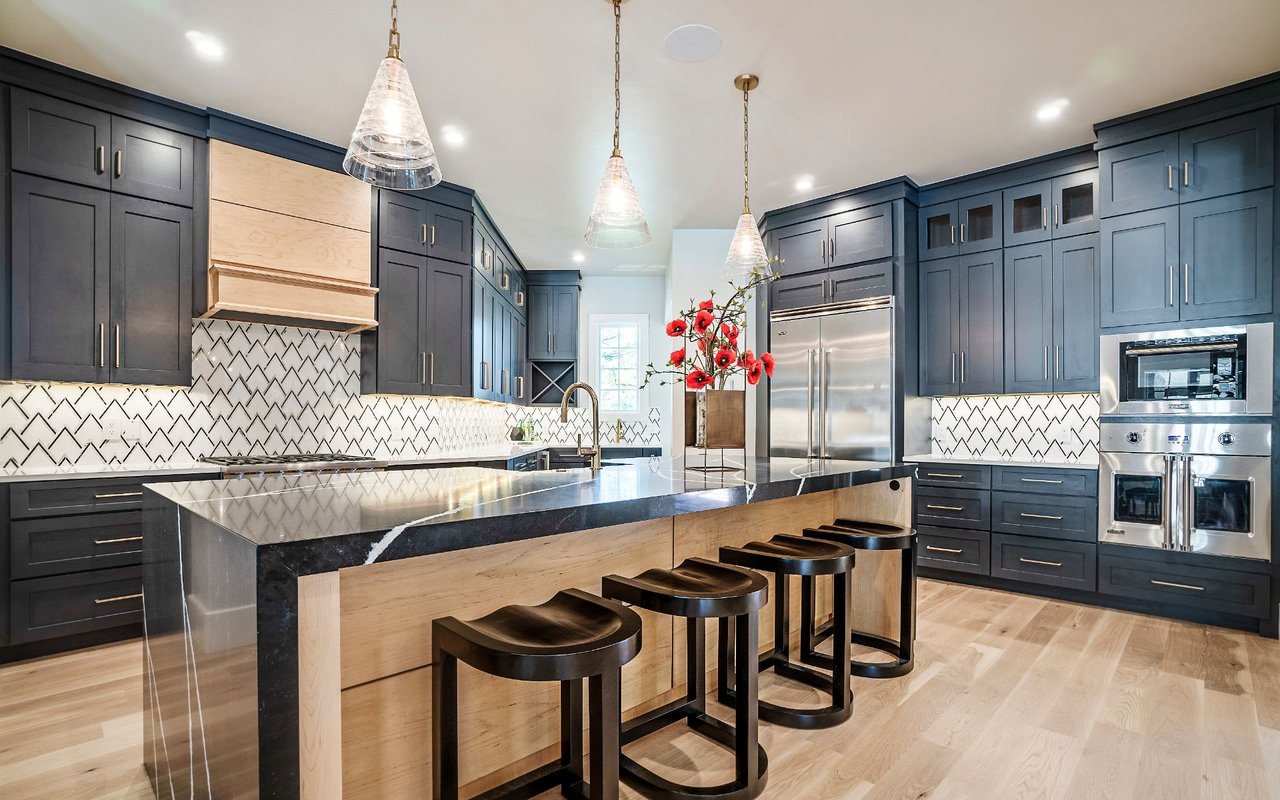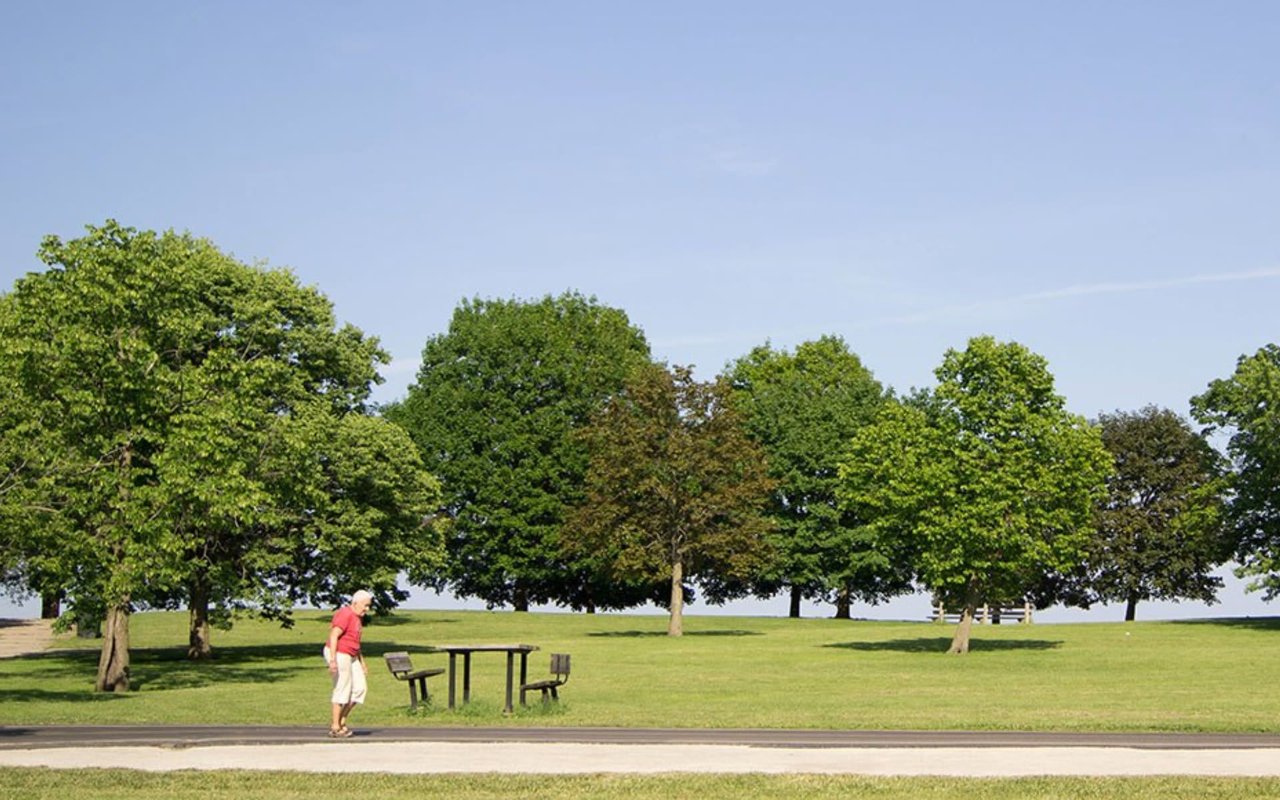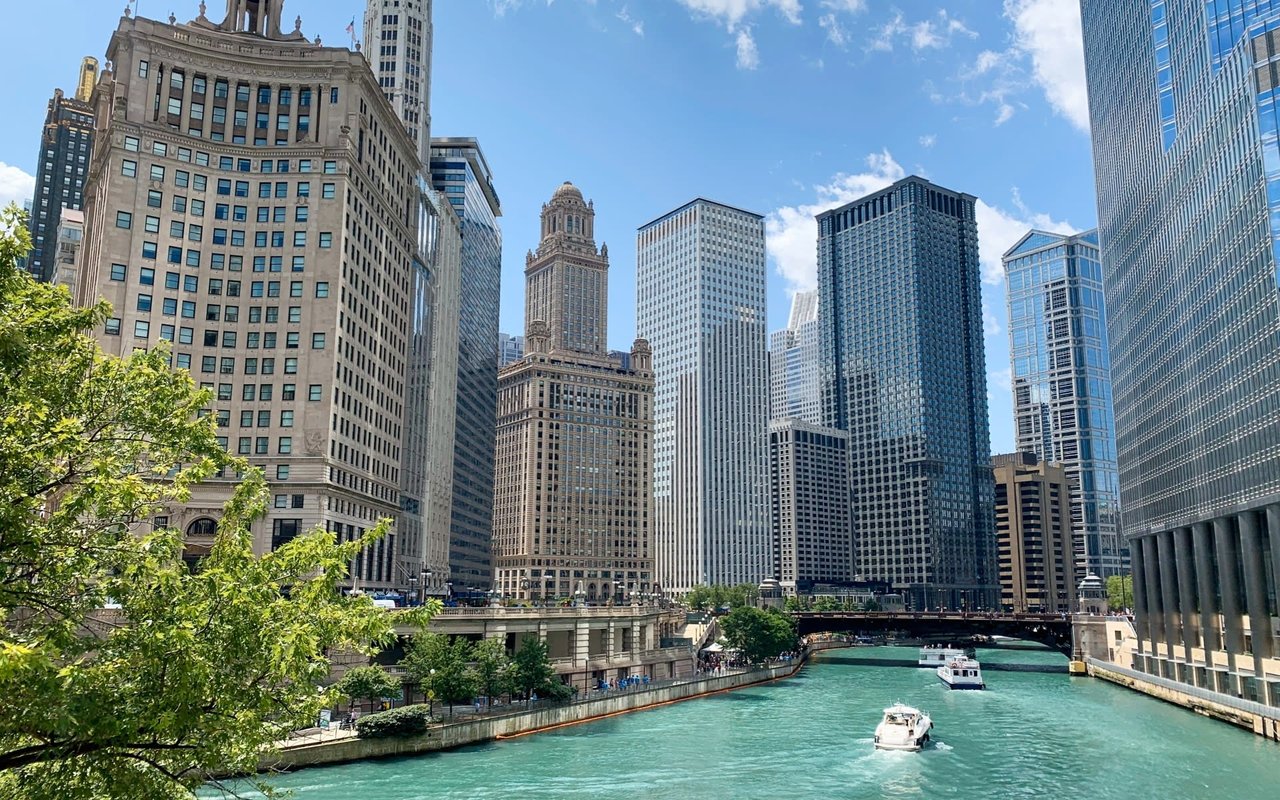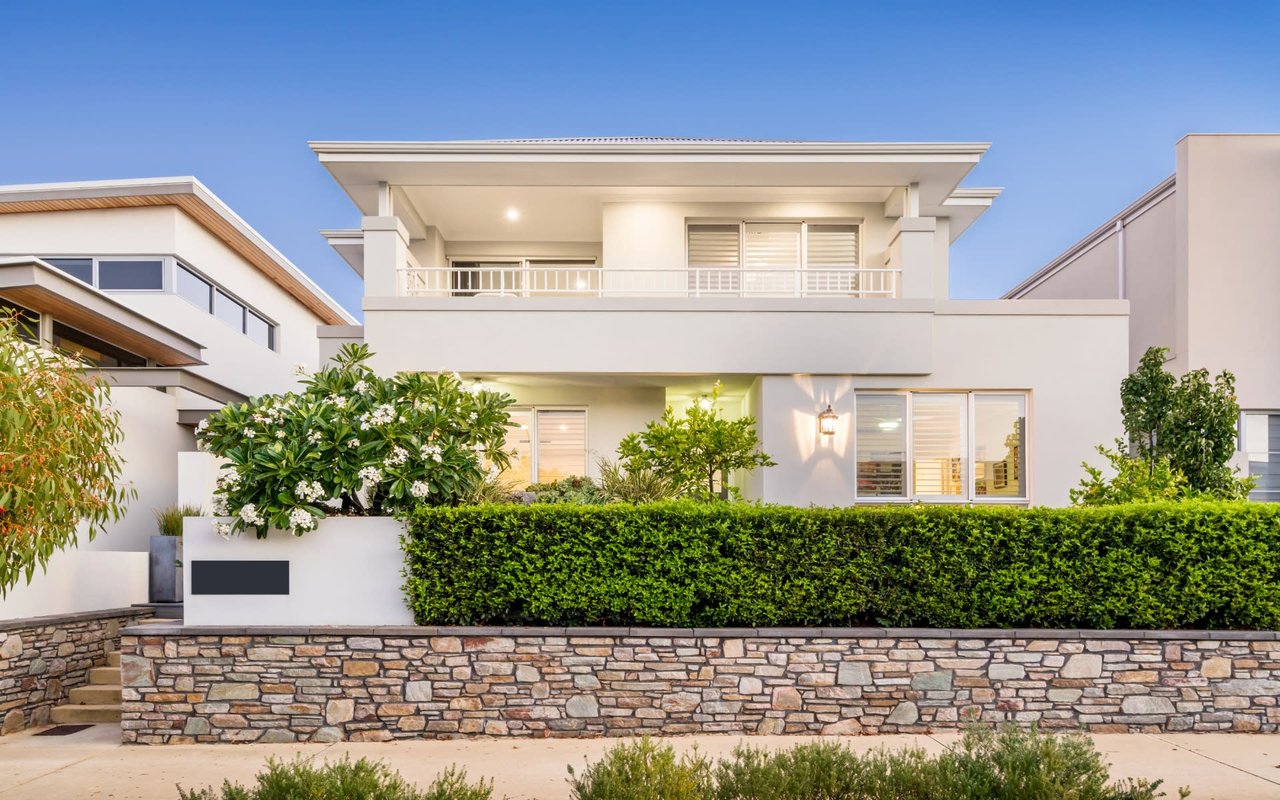In this series of blog posts, we provide a summary of the neighborhoods where we’re currently listing and developing homes. In this post, I’ll be focusing on living in Lincoln Park Chicago.
Not to be confused with the band Linkin Park — they’re from California and were supposedly referencing Santa Monica’s Lincoln Park neighborhood with their band name — Lincoln Park Chicago is far more than a black-and-gray-denim-clad rock band. It’s also more than a famous nail polish color.
But you probably already knew that.
Perhaps it’s not just imitation but also a multitude of eponymous bits of pop culture that is the sincerest form of place-flattery.
Home to the Lincoln Park Zoo, the Lincoln Park Conservatory, DePaul University, the Chicago History Museum, North Avenue Beach, The Second City, and, of course, the 1,200-acre Lincoln Park proper, Lincoln Park is one of Chicago’s most well-known neighborhoods.
The Lincoln Park Zoo is open 365 days a year and is free to visit. Photo by cropped from the original, taken in 2010 by LABabble [CC BY-ND 2.0], via Flickr.
This guide will touch on some neighborhood high points and also includes an array of additional resources for you to continue your research on living in Lincoln Park Chicago, should you care to.
Read on to see why it’s always a beautiful day in Lincoln Park Chicago.
Entertainment and Eating
Cafe Ba-Ba-Reeba has been in Lincoln Park since 1985. Photo cropped from the original, taken in 2006 by squidish [CC BY 2.0], via Flickr. (Note: The restaurant’s facade has since changed.)
In a city known for its culinary scene, Lincoln Park is renowned.
Lincoln Park’s dining scene includes everything from a restaurant regularly regarded as one of the best not just in the city, but in the country, to a tiny place that only serves empanadas to a sweet old-fashioned bakery (pun intended).
Entire articles could be dedicated to how to spend a weekend — or a couple of weeks — in Lincoln Park. The neighborhood has everything from museums to outdoor activities to live entertainment.
Here are a handful of arts and entertainment highlights that I haven’t already mentioned:
- Peggy Notebaert Nature Museum: kid-friendly, environment-focused
- DePaul Art Museum: a wide variety of exhibitions and a permanent collection focused on contemporary art
- Two movie theaters: Regal Cinemas Webster Place 11 and Landmark’s Century Centre Cinema
- A handful of performing arts theaters: Victory Gardens Theatre, Royal George Theatre, Greenhouse Theater Center, Apollo Theater, Theater on the Lake
- Entertainment venues Park West and Elbo Room.
- B.L.U.E.S. and Kingston Mines, a pair of neighborhood blues clubs.
Cafe Brauer at Lincoln Park Zoo. Photo cropped from the original, taken in 2018 by Fred Faulkner [CC BY 2.0], via Flickr.
The Numbers
A typical commute to the Loop from Lincoln Park using public transportation is around 20 to 25 minutes, door to door. To get to O’Hare Airport via public transportation takes about an hour. By car, a typical drive to the Loop without traffic takes about 12 to 15 minutes, and a trip to O’Hare is around 20 minutes, sans traffic.
Walkscore.com considers Lincoln Park a walker’s paradise, meaning daily errands do not require a car. The neighborhood is also considered a biker’s paradise, and it has excellent transit.
According to Zillow, home values in Lincoln Park increased by 0.7% in the past year and are forecasted to increase another 0.4% over the next year.
A Bit of History
An 1880’s photo of 1741 W Wrightwood (653 in 1909 and now 655 W Wrightwood), via Wikimedia Commons.
The early residents of what is now Lincoln Park were a combination of the affluent, German famers and shopkeepers, and industrial workers. The German truck farmers lent the area the nickname “Cabbage Patch.” The southeastern part of the neighborhood was the city cemetery between 1837 and 1864, at which point the cemetery, deemed a health hazard, was moved, and the land was renamed Lake Park. The following year it was renamed Lincoln Park in honor of the assassinated president. The Chicago Academy of Sciences, the Lincoln Park Zoo, and the Chicago Historical Society opened soon thereafter.
A historical photo of the Lincoln Park Conservatory flower beds, from 1904
Much of Lincoln Park was destroyed in the Great Fire of 1871; however, rebuilding happened quickly. Industrial plants moved in and attracted immigrant workers, who usually lived in the western part of the neighborhood. Middle-class and affluent families dominated the residents of the eastern portion of the neighborhood nearest the park. In 1898, St. Vincent’s College was opened — we know it by its current name, DePaul University, which it garnered in 1907.
Lincoln Park experienced deterioration during the Great Depression. After World War II neighborhood associations were established as part of neighborhood renewal efforts. The Lincoln Park Conservation Association (LPCA) was formed in 1954 and the city designated Lincoln Park a conservation area in 1956. Some of the efforts led to controversy surrounding the displacement of socioeconomically disadvantaged and minority populations. The development of high-rise apartment buildings near the park also led to scorn from residents.
Land values have been increasing since the last quarter of the twentieth century to today, with Lincoln Park being considered one of the highest-status Chicago neighborhoods.
A historical photo of a girls’ race at Adams Park in 1907. Cropped from the original, in which the caption says, “AT THE ADAMS PLAYGROUND – A CLOSE SPRINT IN THE ‘FINAL'” (link to original file).
If you’d like to learn more about living in Lincoln Park Chicago, I recommend exploring the following resources:
- The Encyclopedia of Chicago’s Lincoln Park entry
- The Infatuation’s Lincoln Park Guide
- Lincoln Park Chamber of Commerce
- A list and map of Lincoln Park area neighborhood associations
- Lincoln Central Association
- Mid-North Association
- Park West Community Association
- A Local Expert’s Guide to Chicago’s Lincoln Park Neighborhood on Curbed Chicago (from spring 2016, so a bit dated, but still valuable)
A water lily in bloom at the Lincoln Park Conservatory. Photo cropped from the original, taken by Julia Warshall in 2008 [CC BY 2.0], via Flickr.
Interested in living in Lincoln Park? I don’t have any active listings in the community area; however, I have experience working in the neighborhood. Please feel free to contact me for more information on buying — or selling — a home in Lincoln Park.
